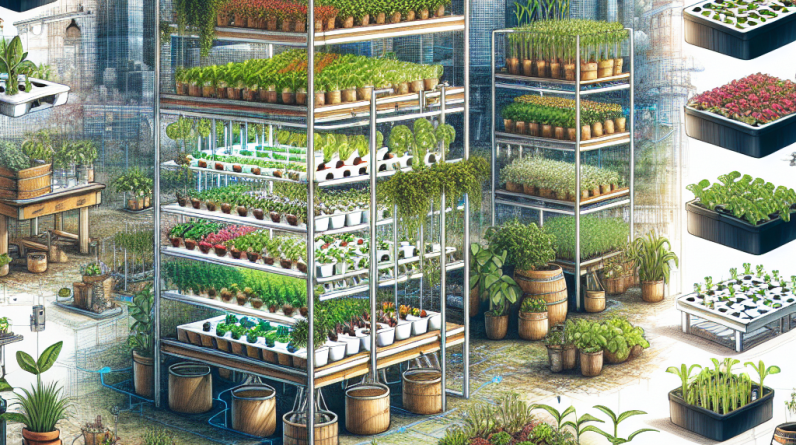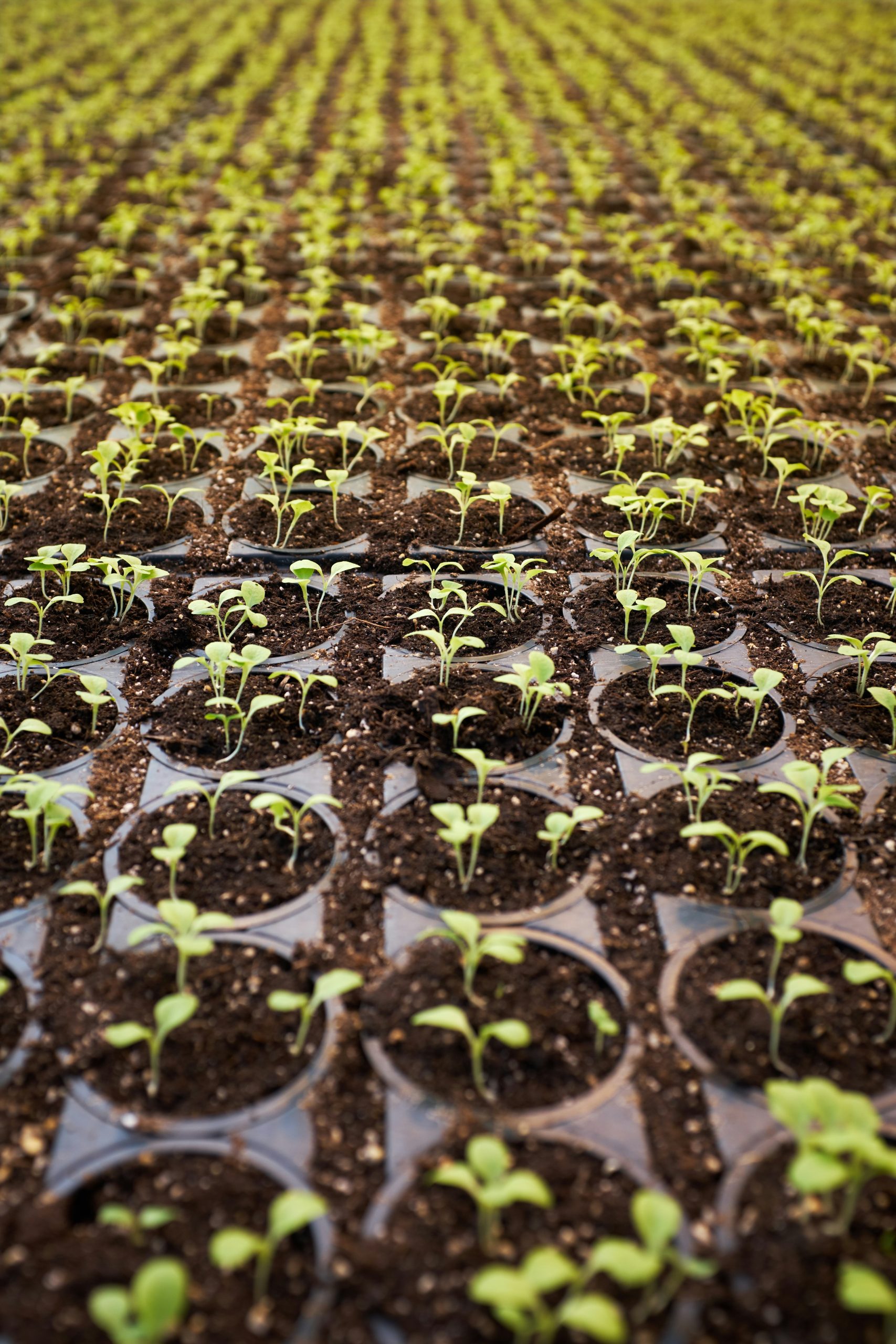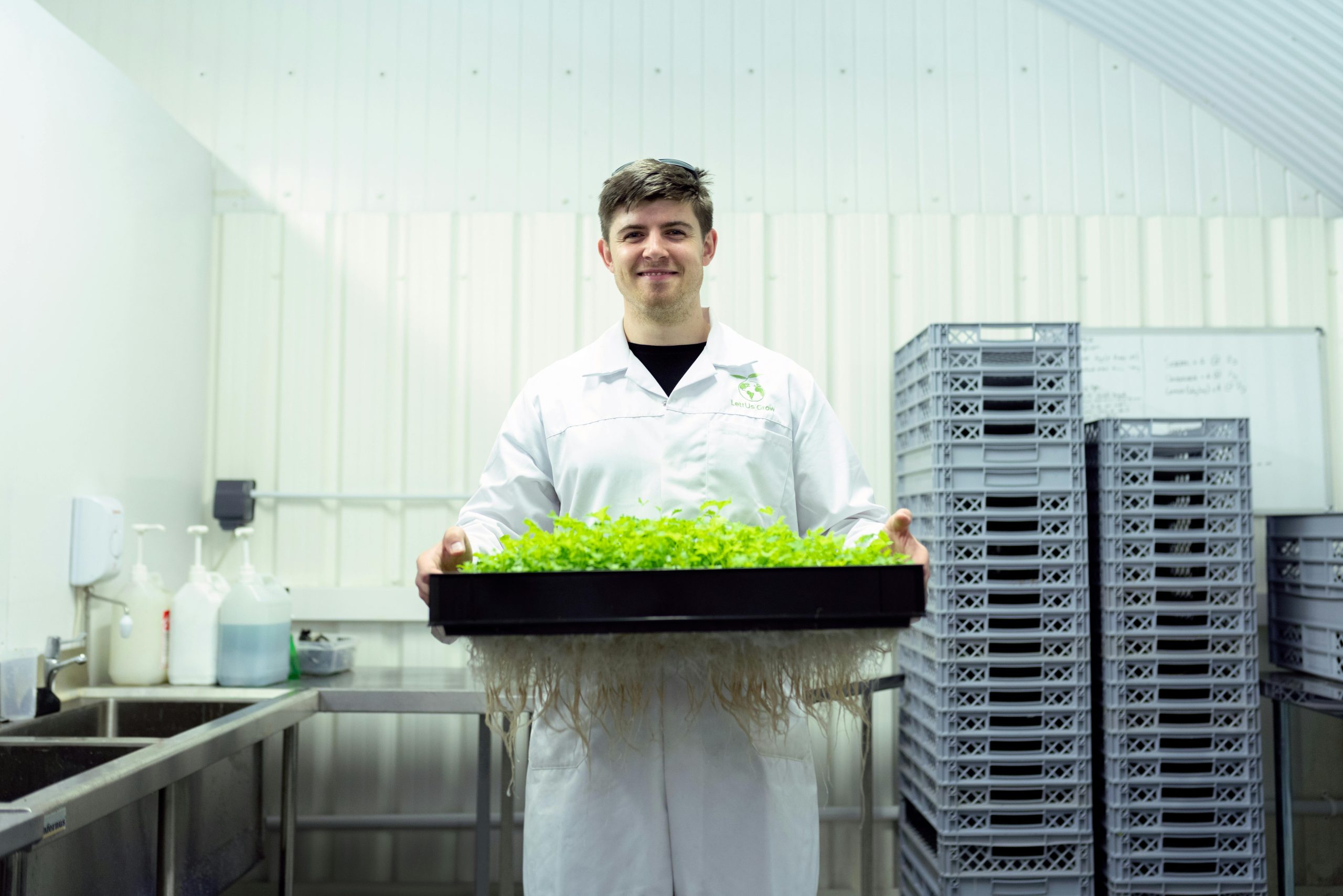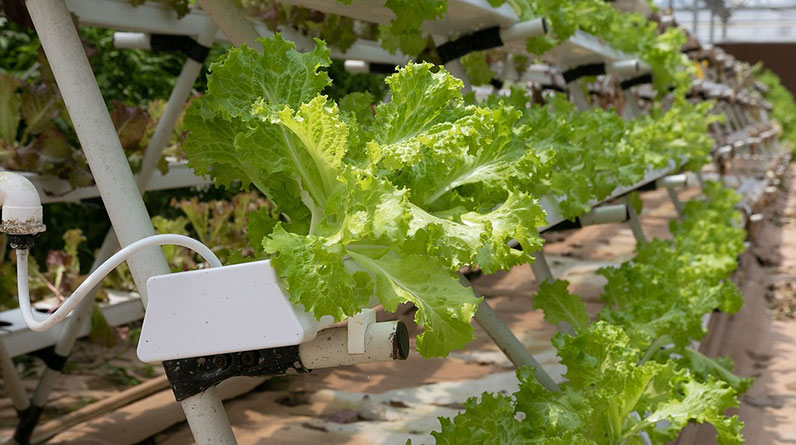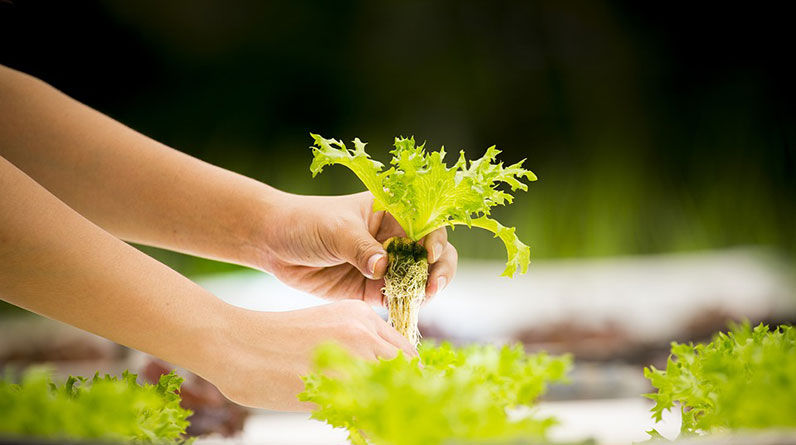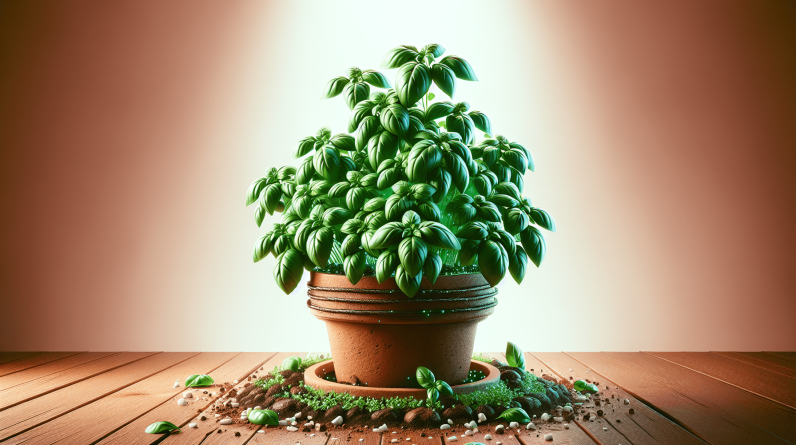
Table of Contents
- 1. Prioritize Healthy Hydroponic Root System Foundations
- 2. Optimize Nutrient Delivery for Root Development
- 3. Ensure Adequate Oxygenation of Roots
- 4. Select the Right Growing Medium
- 5. Control the Environmental Conditions
- 6. Perform Regular System Maintenance
- 7. Detect and Address Root Issues Early
- 8. Implement Smart Automation Technologies
- 9. Leverage Data Analytics for Root Growth
- 10. Embrace Sustainable Hydroponic Practices
1. Prioritize Healthy Hydroponic Root System Foundations
Understanding Root Health in Hydroponics
A healthy hydroponic root system is the backbone of any successful soilless cultivation. In 2025, more growers recognize that robust roots enable better nutrient absorption and overall plant vigor. To establish a strong foundation, it’s critical to monitor the roots regularly for signs of stress or disease. Roots that are white or light-colored typically indicate good health, while dark, slimy, or rotting roots signal problems that need immediate attention.
Ensuring a sterile environment during setup prevents pathogens like root rot fungi from taking hold. Using sterilized equipment and clean water sources reduces early risks of disease. Remember, healthy roots are more resilient, especially as we push for higher yields driven by advanced hydroponic systems in 2025.
Practical Tips for Promoting Root Health
- Maintain an optimal pH level (5.5â6.5) throughout the growth cycle.
- Avoid overwateringâroots need oxygen as much as nutrients.
- Regularly inspect roots during routine maintenance for any signs of distress.
2. Optimize Nutrient Delivery for Root Development
Precisely Managing Nutrient Solutions
In 2025, the trend is toward highly precise nutrient management to foster optimal root growth within hydroponic systems. Delivering the right balance of macro- and micronutrients ensures roots develop a strong, efficient network. This involves using automated dosing systems that adjust nutrient concentrations based on real-time sensor data, increasing efficiency and plant health.
Tailoring nutrient profiles for specific crops or growth stages can improve root vigor significantly. For example, young seedlings often benefit from higher nitrogen levels, while mature plants need a balanced mix to support flowering and fruiting.
Monitoring and Adjusting Nutrient Concentrations
- Use dissolved oxygen sensors and EC (Electrical Conductivity) meters to gauge nutrient concentrations accurately.
- Adjust pH levels to optimize nutrient availabilityâpH fluctuations can lock out essential minerals from roots.
- Incorporate automated control systems for consistent nutrient delivery, reducing human error and improving results.
3. Ensure Adequate Oxygenation of Roots
Importance of Oxygen for Root Vitality
Roots require oxygen for respiration, which facilitates nutrient uptake and growth. Inadequate oxygenation can lead to hypoxia, root rot, and ultimately plant demise. With advancements in hydroponic aeration technology in 2025, growers now have more efficient tools to ensure oxygen reaches the root zone effectively.
Using air stones, diffusers, or oxygen-rich water ensures the roots remain oxygenated even under dense canopy conditions. Implementing aeration in nutrient reservoirs can drastically improve overall plant health and yield.
Effective Ways to Enhance Oxygen Levels
- Integrate high-capacity aerators tailored for your hydroponic system size.
- Maintain optimal flow rates to prevent stagnant water around roots.
- Regularly clean and maintain aeration equipment to prevent blockages.
4. Select the Right Growing Medium
Characteristics of Ideal Hydroponic Media
The choice of growing medium significantly impacts the hydroponic root system‘s development. In 2025, inert mediums like rockwool, coco coir, or clay pellets are popular for their stability and minimal pathogen risk. An ideal medium offers good drainage, aeration, and moisture retention, supporting healthy root expansion.
Experimenting with composite media can further optimize root health based on specific crop needs. Properly selecting and preparing the medium streamlines root growth and prevents issues like compaction or waterlogging.
Tips for Using Growing Media Effectively
- Ensure the medium is sterile before use to prevent disease transmission.
- Adjust watering schedules according to medium retention properties.
- Incorporate supplemental oxygenation techniques if needed to support dense root structures.
5. Control the Environmental Conditions
Environmental Factors Affecting Root Growth
Temperature, humidity, light, and COâ levels all influence the hydroponic root system’s health. In 2025, digital climate control systems allow growers to fine-tune these variables for optimal root development. For example, keeping root zone temperatures between 18°C and 22°C sustains vigorous growth.
High humidity levels can encourage fungal growth, so maintaining proper airflow and dehumidification is essential. Light spectrum adjustments also impact overall plant health, indirectly influencing root vigor.
Implementing Precise Environmental Monitoring
- Deploy sensors to track temperature, humidity, and light intensity in real-time.
- Use automated ventilation and irrigation to respond swiftly to environmental changes.
- Implement alarm systems for out-of-range conditions to prevent root damage.
6. Perform Regular System Maintenance
Why Maintenance Matters
Consistent maintenance keeps the hydroponic root system in top condition. Cleaning reservoirs, replacing filters, and inspecting pump systems prevent blockages and pathogen buildup. In 2025, automation makes routine checks effortless, ensuring maximum root health and system efficiency.
Monitoring for signs of mineral buildup or biofilm formation on roots helps catch issues early. Regular flushing and sterilization of equipment support long-term productivity.
Best Practices for Maintenance
- Schedule bi-weekly inspections to check for root health and system integrity.
- Use sterilizing solutions during system cleanouts.
- Keep detailed logs of maintenance activities to spot recurring issues.
7. Detect and Address Root Issues Early
Signs of Root Problems
Early detection of root issues like root rot, nutrient deficiencies, or pests can save your crop. Look for symptoms such as discolored roots, foul odors, or stunted growth. Using transparent containers or clear pots can help monitor roots without disturbing the system.
In 2025, AI-powered imaging and sensor technologies assist growers in identifying problems before they escalate, facilitating swift intervention.
Tactics to Prevent Root Diseases
- Maintain proper water pH and oxygenation levels.
- Apply beneficial microbes or biofungicides to promote healthy roots.
- Ensure proper drainage to prevent waterlogging and rot.
8. Implement Smart Automation Technologies
Innovations in Hydroponic Automation
Automation is transforming hydroponic root system management in 2025. From automated nutrient dosing to environmental control, smart systems reduce labor and increase precision. Using IoT devices, growers receive real-time alerts about root health and system status.
This level of automation enables consistent conditions, fostering stronger, healthier roots and higher yields.
Benefits of Automated Root System Management
- Minimized human error and increased consistency
- Enhanced data collection for better decision-making
- Reduced operational costs over time
9. Leverage Data Analytics for Root Growth
Using Data to Optimize Growth
Data analytics helps identify patterns and optimize conditions for hydroponic root system development. In 2025, precision agriculture tools analyze sensor data, weather conditions, and growth metrics to refine practices.
Implementing machine learning algorithms can predict potential issues and recommend adjustments, leading to healthier roots and improved yields.
Best Practices for Data-Driven Growth
- Collect comprehensive data on water quality, temperature, and nutrient levels.
- Use dashboards and visualization tools for easy interpretation.
- Continuously update data models with new information for better accuracy.
10. Embrace Sustainable Hydroponic Practices
Eco-Friendly Approaches
Sustainability is a key trend in 2025. Reusing nutrient solutions, recycling water, and minimizing energy consumption support eco-friendly hydroponic practices. These approaches also promote a healthy hydroponic root system by reducing stress and contamination risks.
Incorporating renewable energy sources, like solar power, can further reduce the carbon footprint of your system. Sustainable practices not only help the environment but also improve the resilience and profitability of your hydroponic farm.
Implementing Sustainability Measures
- Invest in water recirculation systems to reduce water waste.
- Use organic microbials to maintain root health naturally.
- Opt for energy-efficient pumps and LED lighting.
Frequently Asked Questions
Q1: What is the best way to maintain a healthy hydroponic root system in 2025?
Regularly monitor root health, maintain proper pH and oxygen levels, and use automated systems for nutrient delivery and environmental control. Early detection of issues is critical to improving root vitality.
Q2: How does a hydroponic root system differ from traditional soil roots?
Hydroponic roots are suspended in nutrient-rich water or inert media, allowing direct access to nutrients and oxygen. This setup promotes faster growth and easier management compared to soil-based roots.
Q3: Can I use organic nutrients in my hydroponic root system?
Yes, many growers are adopting organic nutrient solutions compatible with hydroponic systems. They help improve sustainability and can enhance root health using natural microbes and biofertilizers.
Q4: What are common root system problems in hydroponics?
Common issues include root rot, nutrient deficiencies, and pests. Early detection and proper environmental control are essential for maintaining a healthy hydroponic root system.
Q5: Why is the hydroponic root system so important for overall crop success?
Because roots are the primary site for water and nutrient absorption, their health directly influences plant growth, yield, and quality. A well-developed hydroponic root system ensures maximum productivity, especially in 2025’s high-tech grow environments.
Conclusion
In 2025, understanding and managing the hydroponic root system is more important than ever. Implementing these 10 effective strategies can help you develop a resilient, productive, and sustainable hydroponic setup. Remember, a healthy hydroponic root system serves as the foundation for thriving plants and bountiful harvests. Whether you’re a beginner or an experienced grower, prioritizing root health and system optimization will ensure your success this year and beyond.


